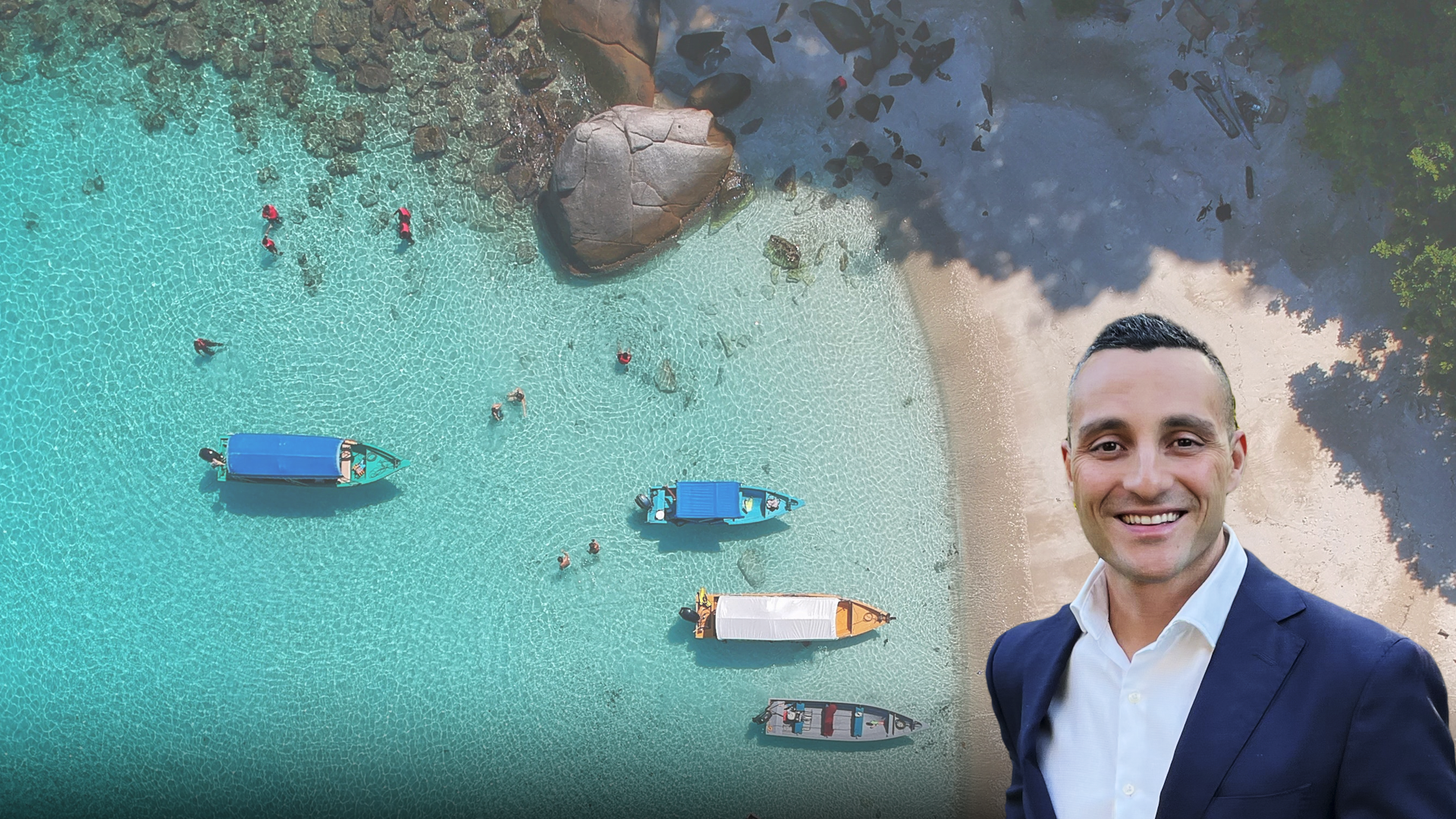Why Travel Analytics Need a Rethink

Corinium APAC Content Director Vanessa Jalleh sits down with Travel + Leisure Co’s Director for Financial Planning and Analysis and Analytics, Lucas Ramos, to talk about a post-COVID hospitality sector
The travel sector has experienced massive change over the past three years, from peaking in 2019, to being nearly non-existent mid-2020 and, finally, bouncing back in 2022. Travel has undergone something of a renaissance, and with that change comes a need for data and analytics to provide the ever-important business insights into what is next.
Ahead of his appearance at CDAO Brisbane 2023, Lucas Ramos, who is the Director for Financial Planning and Analysis and Analytics at Travel + Leisure Co, says he will be discussing why data and analytics can initially fail to take off and how the right metrics can take the project in the desired direction.
Ramos believes that one of the main reasons data and analytics fail to generate the initial and expected impact is because they haven’t been able to identify the right KPIs, or even defining any KPIs at all, which is critical to measure how an organisation is tracking against their goal.
“KPIs generate actionable insights, and the business sees this as a core component of success for data and analytics initiatives. I will delve into the process of creating KPIs directly aligned to Specific Goals, elevating the chances of success and value add by data and analytics,” he says.
Travel
The hospitality sector was severely hit by the pandemic, and now that the world is on the road to recovery, a new challenge has emerged in the form of shifting data sets, metrics, and patterns.
“Historical data and trends, and traditional methods of relying on historical data, have become much less effective, with different parts of the world having very different responses to people movement over the last two years,” Ramos says.
“Also, as travel opens up, consumer behaviour has changed significantly. We’re currently seeing a very strong desire to travel despite inflation or economic instability risks, which is likely a result of a two-year period of almost no travel allowed.
“How this pans out in the coming months and years is hard to predict, but we will need to be faster at identifying additional variables that impact customer behaviour and implement models that better respond to these changes.”
With the potential of a travel boom on the horizon, hospitality is looking for opportunities to grow. When asked about how the travel and hospitality sector is using data and analytics to its advantage, Ramos highlights growing consumer expectations and how analytics can meet these needs.
“For years now consumers have become more and more accustomed to personalised recommendations and curated experiences to suit the most diverse cohort of customers we’ve ever seen. Travel truly encompasses that, with 1.5 billion international tourist arrivals in the world in 2019,” he says.
“Competition for travel wallet share is high, but those harnessing the power of data and identifying opportunities to truly connect to customers in a unique, personalised, real-time manner, catering for their personal habits, likes and dislikes, will have a continued edge in the game.”
On the global appetite for data and analytics in travel and hospitality, Ramos points out that there are a number of exciting predictive models in the industry, and many don’t even realise their interactions with certain platforms are fully personalised.
“Airbnb and Trivago for example, personalise the ranking of search results when browsing accommodation, from prior user interaction data to social media likes,” he says. “Trip Advisor ranks the reviews for hotels and activities to display first only those that are relevant to where in the travel planning journey someone is. And some of the larger hotel groups have highly sophisticated Dynamic Pricing systems that ingest not only a large number of internal variables and metrics, but also external sources such as local and global economic, and environmental factors to adjust rates and prices throughout the day.”

Consumer Behaviour
Continuing on the subject of consumer behaviour, Ramos says the anticipated changes over the next five years will fall to social media and how branding is likely to move away from influencers and towards the metaverse.
“Current Gen Z behaviour is a good indication of how consumer behaviour will continue changing over the next five years,” he says.
“With social media being a key influencing factor in their growing up, members of this generation are less and less influenced by celebrities and brands and seem to be searching more for genuine experiences that elevate their sense of self, to assist in creating their own, unique, personal brand. The introduction of the metaverse will only increase that need for differentiation and uniqueness in each one of us – or our virtual selves.”
Ramos believes that data and analytics is at the forefront of this desire for unique experiences, representing the potential to provide consumers with highly personalised, curated information based on an incredibly large number of variables that enable new ways to shape personal brand identity – virtual or otherwise.



